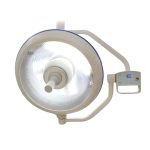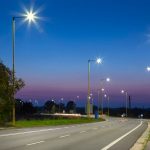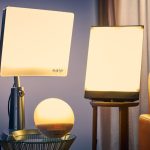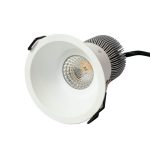DIY Guide: Building Your Own LED Grow Light Panel for Optimal Indoor Plant Growth
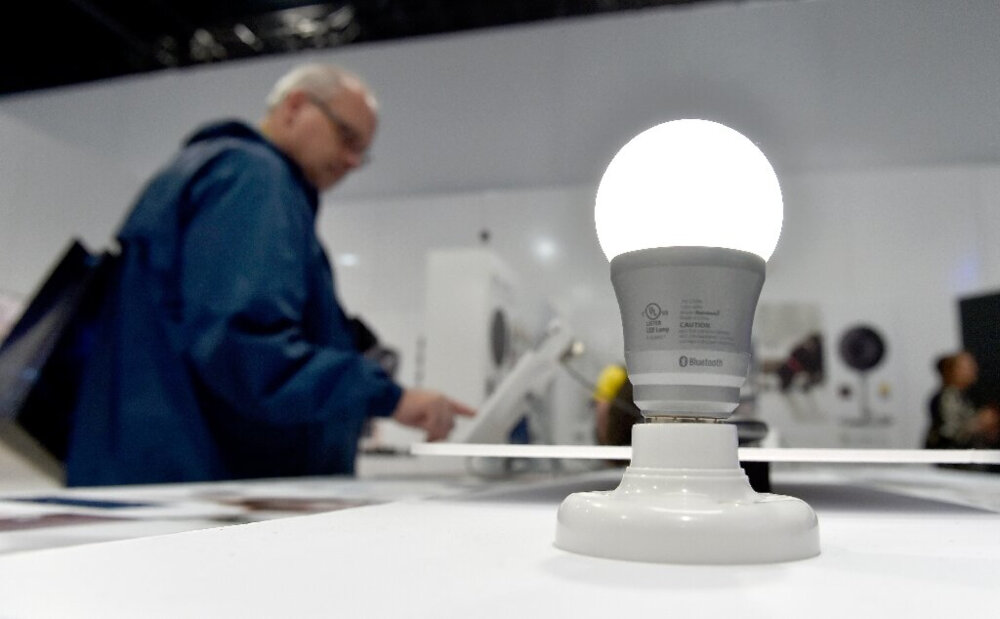
Are you a plant enthusiast who loves to grow plants indoors? Do you want to take your indoor plant growth to the next level? If so, building your own LED grow light panel might just be the perfect solution for you! Not only does it give you a sense of satisfaction, but it also provides optimal growth conditions for your plants, giving them the perfect amount of light they need to thrive. LED grow light panels are becoming increasingly popular among plant lovers, and for good reason! Unlike traditional grow lights, LED grow lights produce less heat, consume less energy, and have a longer lifespan. Additionally, they emit the right spectrum of light required for plant growth, making them the perfect choice for indoor plant growth. This DIY guide will take you through the process of building your own LED grow light panel step-by-step, so that you can create an optimal indoor growing environment for your plants to thrive.
The purpose of this DIY guide is to provide plant enthusiasts and indoor gardeners with a comprehensive and easy-to-follow set of instructions for building their own LED grow light panel. The article aims to empower readers to take control of their plant growth by creating a custom light source that will provide the optimal conditions for indoor plants to thrive. By explaining the benefits of LED grow lights and providing a step-by-step guide, the article seeks to demystify the process of building a grow light panel and make it accessible to anyone interested in cultivating a healthy and vibrant indoor garden. With a focus on affordability, sustainability, and customization, this guide is an essential resource for anyone looking to elevate their indoor gardening game.
Building your own LED grow light panel for indoor gardening has a plethora of benefits. Firstly, it provides you with complete control over the spectrum of light emitted, allowing you to cater to the specific needs of your plants. Secondly, DIY LED grow lights are much more cost-effective than commercially available ones, saving you money in the long run. Additionally, they are customizable in terms of size and shape, making them suitable for any indoor gardening setup. Moreover, building your own LED grow light panel is a fun and rewarding project that allows you to learn about the technology and mechanics behind horticulture lighting. Lastly, homemade LED grow lights are eco-friendly and energy-efficient, reducing your carbon footprint and electricity bills. Overall, building your own LED grow light panel is a smart investment for any indoor gardener looking to optimize their plant growth.
Building your own LED grow light panel requires a few essential materials to ensure optimal plant growth. Firstly, you will need high-quality LED chips with a spectrum that is suitable for plant growth. Additionally, you will need a heat sink to dissipate the heat generated by the LED chips, ensuring that they remain cool and efficient. A power source is also required to power the LED chips, and a voltage regulator is necessary to ensure that the LED chips receive a consistent voltage. Furthermore, you will need a reflector or a reflective material to direct the light downwards towards the plants. Finally, you will need materials such as aluminum channels, screws, and wires to assemble the LED grow light panel. By using high-quality materials, you can ensure that your LED grow light panel is efficient, durable, and provides the ideal growing environment for your indoor plants.
Understanding LED Grow Lights
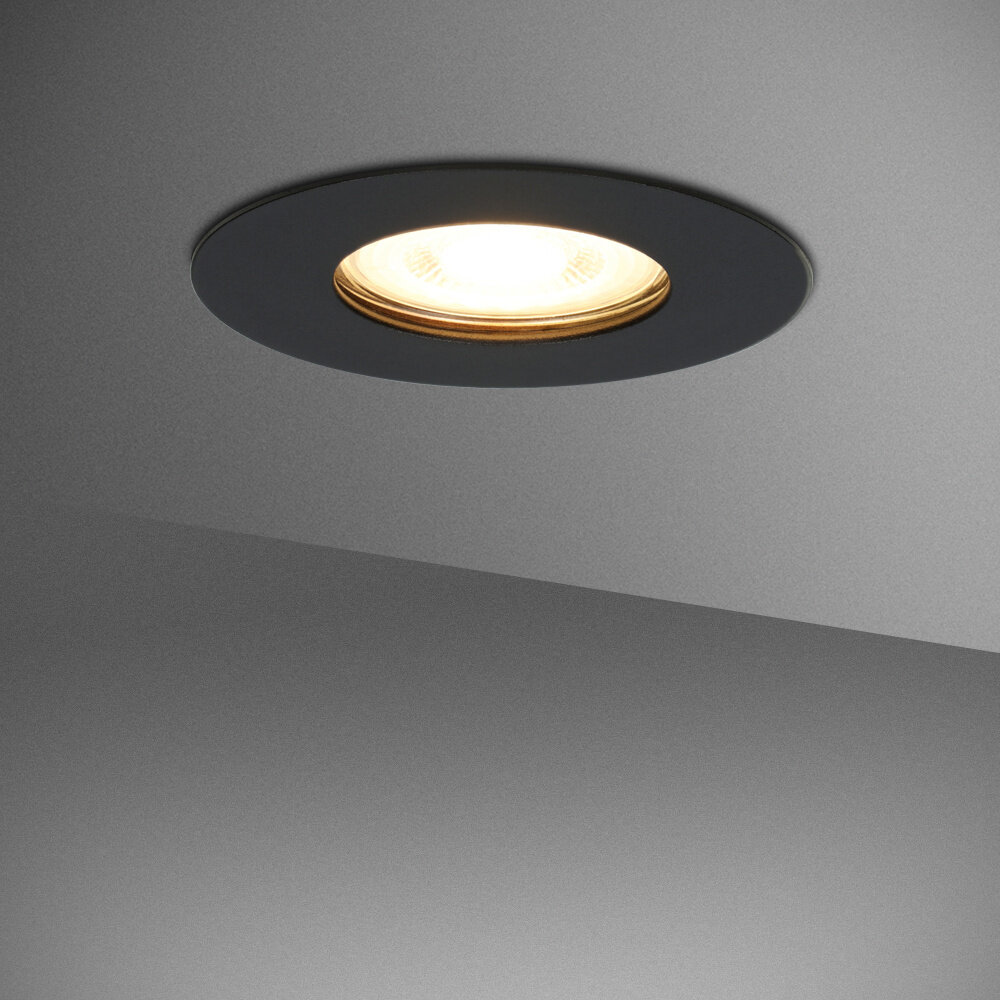
LED grow lights are an excellent way to provide your indoor plants with the necessary light spectrum for optimal growth. These lights are specifically designed to meet the photosynthetic needs of plants and offer several advantages over traditional lighting systems. Unlike other types of grow lights, LED lights have a longer lifespan, do not produce excessive heat, and consume less energy. They are also more versatile, allowing you to customize the light spectrum to suit the needs of different plants. To understand LED grow lights, it’s essential to know how they work. LED stands for \Light Emitting Diode,\ which is a semiconductor device that produces light when an electric current is passed through it. LED grow lights use a combination of red and blue diodes to provide the optimal light spectrum for plants. Red light is essential for photosynthesis and stimulates plant growth, while blue light is necessary for chlorophyll production and helps regulate plant growth. Grow lights also come in different wavelengths, and plants have different light requirements depending on the stage of growth. By choosing the right combination of wavelengths, you can create a custom light spectrum that meets the specific requirements of your plants.
LED grow lights are a type of artificial lighting system that is designed to support indoor plant growth. They are made up of light-emitting diodes (LEDs) that emit a specific spectrum of light that is optimized for photosynthesis. Unlike traditional grow lights, LED grow lights are energy-efficient and long-lasting, making them a popular choice for indoor gardening enthusiasts. Additionally, LED grow lights can be customized to meet the specific needs of different plants at different stages of growth. By building your own LED grow light panel, you can ensure that your plants receive the optimal amount and spectrum of light for healthy growth and maximum yield.
LED grow lights work by emitting electromagnetic radiation in the visible and non-visible range of the spectrum that promotes plant growth. Unlike traditional light sources, LED grow lights do not emit significant amounts of heat, allowing them to be placed closer to plants without damaging them. They also consume significantly less energy than traditional lights and have a longer lifespan. LED grow lights come in a variety of colors, each of which has a specific impact on plant growth. Blue light, for example, encourages vegetative growth, while red light promotes flowering and fruiting. By combining different colors of LED lights, growers can create a customized spectrum that meets the specific needs of their plants.
There are countless benefits to using LED grow lights over traditional lighting for indoor plant growth. Not only do LED lights consume less energy, but they also emit less heat, which can be harmful to plants. LED lights are also designed to emit specific wavelengths of light, which can be customized to meet the needs of different plants at different stages of growth. Additionally, LED lights have a longer lifespan than traditional lights, meaning they require less frequent replacement and ultimately save money in the long run. Overall, incorporating LED grow lights into your indoor gardening setup can not only improve plant growth and health, but also save energy and money.
Designing Your LED Grow Light Panel
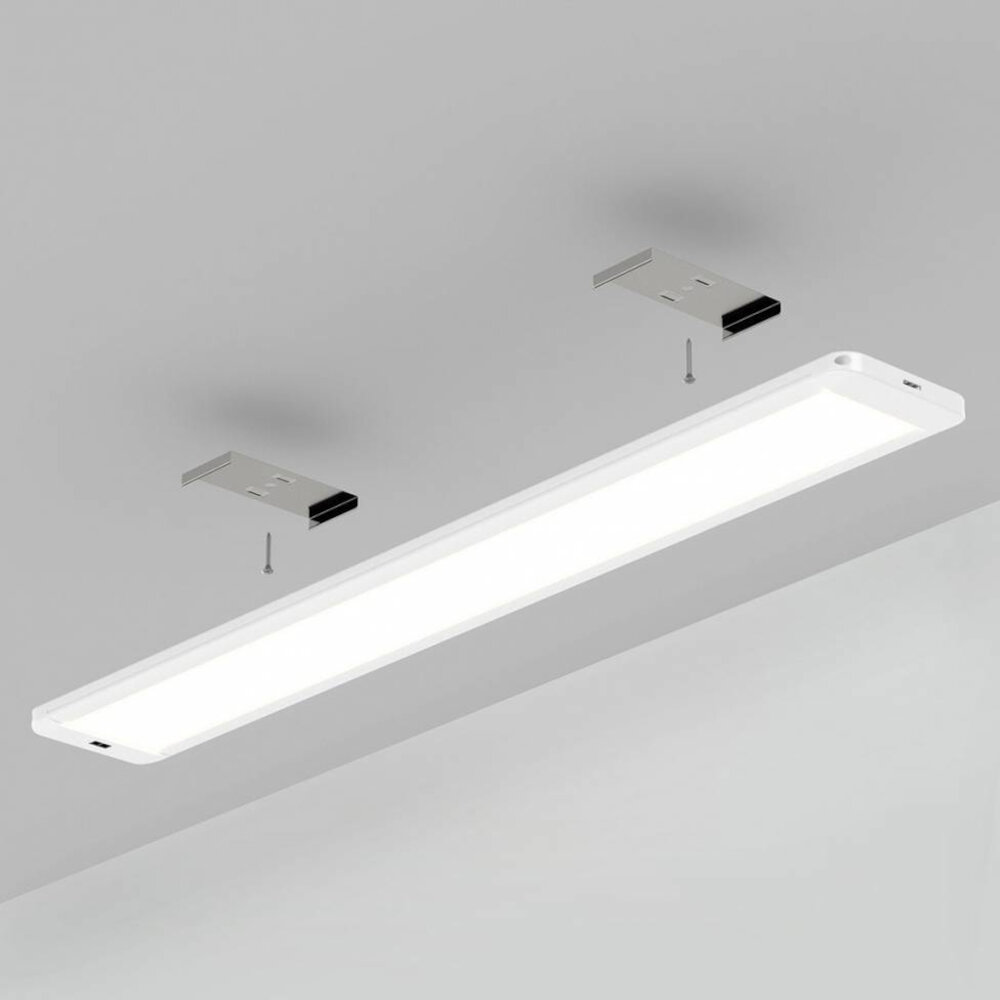
Designing your LED grow light panel is an essential step towards achieving optimal indoor plant growth. It is important to consider the size of your grow space, the number of plants you intend to grow, and the type of plants you have before designing your LED grow light panel. The right amount of light is essential for photosynthesis, and without it, your plants may not grow to their full potential. Hence, you need to ensure that your LED grow light panel provides the right amount of light for your plants to thrive. You can use a PAR meter to measure the amount of light your plants receive and adjust your LED grow light panel accordingly. Apart from the size and number of plants, you should also consider the type of LED chips you use when designing your LED grow light panel. LED chips come in different colors, and each color has a different wavelength that affects plant growth differently. For instance, blue LED chips promote vegetative growth and are ideal for plants in the vegetative stage, while red LED chips promote flowering and are ideal for plants in the flowering stage. You can also use a combination of blue and red LED chips for a full-spectrum light that supports plant growth throughout their life cycle. With the right design and LED chips, your LED grow light panel can provide the optimal light spectrum and intensity for your indoor plants to thrive.
Designing an LED grow light panel can be a challenging task, and several factors need to be considered to ensure optimal indoor plant growth. First and foremost, the wavelength of the LED lights must be chosen appropriately, as different plants have varying requirements for the type of light they need. The intensity of the light, measured in lumens, should also be considered, as too much or too little light can affect plant growth adversely. The size of the grow light panel is another crucial factor to consider, as it must be appropriately sized for the number of plants being grown. The type of LED chips used, the power supply, and the heat dissipation system should also be taken into account. Overall, careful consideration of these factors will result in a well-designed LED grow light panel that can help ensure optimal indoor plant growth.
When it comes to building your own LED grow light panel, choosing the right LED lights is crucial for optimal indoor plant growth. There are many factors to consider when selecting LED lights, such as the wattage, color temperature, and spectrum. Wattage is important because it determines the amount of energy the LED emits, and a higher wattage generally means brighter light. Color temperature is also important because it affects the way plants grow and develop, with cooler temperatures being better for vegetative growth and warmer temperatures being better for flowering. Additionally, the spectrum of the LED lights should be considered, as different plants have different light requirements, and a full spectrum LED light can provide a balanced light source that meets the needs of a variety of plants. By carefully selecting the right LED lights, you can ensure that your DIY LED grow light panel provides the optimal light for your indoor plants to thrive.
Calculating the number of LED lights required for your indoor garden is a crucial step in building your own LED grow light panel. To begin with, you need to determine the size of your grow area and the number of plants you want to grow. Once you have these figures, you can calculate the total wattage needed to supply adequate light to your plants. The general rule of thumb is to provide 30-50 watts per square foot of grow area. Based on this, you can find the number of LED lights required by dividing the total wattage by the wattage of each LED bulb. Additionally, you must consider the spectrum of light needed for optimal plant growth and the distance between the plants and the LED lights to avoid burning the plants. By taking these factors into account, you can determine the number of LED lights required for your indoor garden and build your own LED grow light panel accordingly.
Building your own LED grow light panel is an excellent way to ensure optimal indoor plant growth. When creating the panel frame, it is essential to consider the size and shape of your plants, as well as the space where you will be placing the panel. You can use a variety of materials such as wood, PVC pipe, or aluminum channels to construct the frame. It is important to ensure that the frame is sturdy enough to support the weight of the LED lights and any additional components such as fans or heat sinks. A well-built frame will provide a stable base for your LED grow light panel, helping to ensure that your indoor plants receive the light they need to thrive.
Assembling Your LED Grow Light Panel
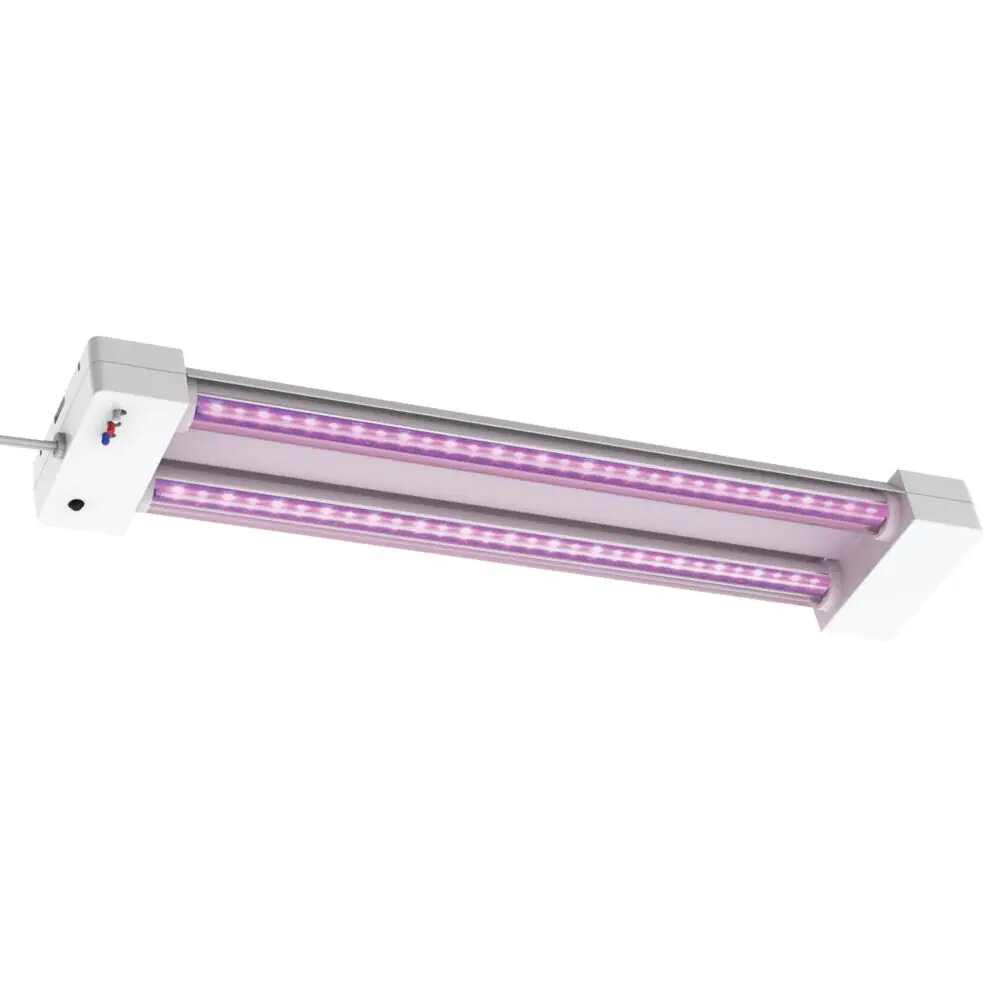
Assembling your LED grow light panel is a crucial step towards ensuring optimal indoor plant growth. While there are pre-made grow light panels available in the market, building your own LED grow light panel can be a cost-effective and fun DIY project. The first step is to gather all the necessary materials, including LED strips, a power supply, a heat sink, thermal tape, and wires. It is important to ensure that all the materials are of good quality and compatible with each other. Once you have all the materials, the next step is to assemble them. Start by attaching the LED strips to the heat sink using thermal tape. Make sure that the LED strips are evenly spaced and secured in place. Next, connect the LED strips to the power supply using wires. It is important to follow the wiring diagram carefully to avoid any mishaps. Finally, attach the heat sink to a frame or casing to protect the LED grow light panel and provide stability. Testing the LED grow light panel before use is recommended to ensure that everything is working properly. Assembling your own LED grow light panel can be a rewarding experience that can save you money and provide optimal lighting for your indoor plants.
To assemble your own LED grow light panel, you’ll need a few tools and materials such as aluminum frame, LED strips, power supply, thermal adhesive tape, and a drill. Begin by measuring and cutting the aluminum frame to your desired size, then drill holes for the LED strips and power supply. Next, apply the thermal adhesive tape to the back of the LED strips and attach them to the aluminum frame. Connect the LED strips to the power supply and secure it to the frame. Finally, attach any additional components such as fans or timers, and test the panel to ensure it’s working properly. With a little bit of time and effort, you can create a custom LED grow light panel that will provide optimal indoor plant growth for years to come.
Wiring the LED lights is a crucial step in building your own LED grow light panel. First, you’ll need to gather all the necessary materials, such as a soldering iron, wires, and a power source. Next, you’ll need to decide on the wiring configuration, whether it be series or parallel. Series wiring connects the positive end of one LED to the negative end of the next, creating a string of connected LEDs. On the other hand, parallel wiring connects all the positive ends together and all the negative ends together, allowing for more flexibility in terms of voltage and current. Once you’ve decided on the wiring configuration, you can begin soldering the wires to the LEDs, making sure to connect the positive and negative ends correctly. Finally, you’ll need to connect the power source to the wiring, ensuring that the voltage and current are appropriate for the LEDs. With proper wiring, your LED grow light panel will be ready to provide optimal indoor plant growth.
Securing the LED lights to the panel is a crucial step in building your own LED grow light panel for optimal indoor plant growth. To ensure that the LED lights are properly attached, you can use a combination of screws and adhesive tape. It is important to make sure that the LED lights are evenly spaced and secured tightly to prevent any movement or damage during use. Additionally, you may want to consider using a thermal adhesive to help dissipate heat and prevent overheating. This will not only protect your plants but also prolong the lifespan of your LED lights. By taking the time to secure your LED lights properly, you can create a safe and effective grow light panel that will provide your plants with the light they need to thrive.
Using Your LED Grow Light Panel
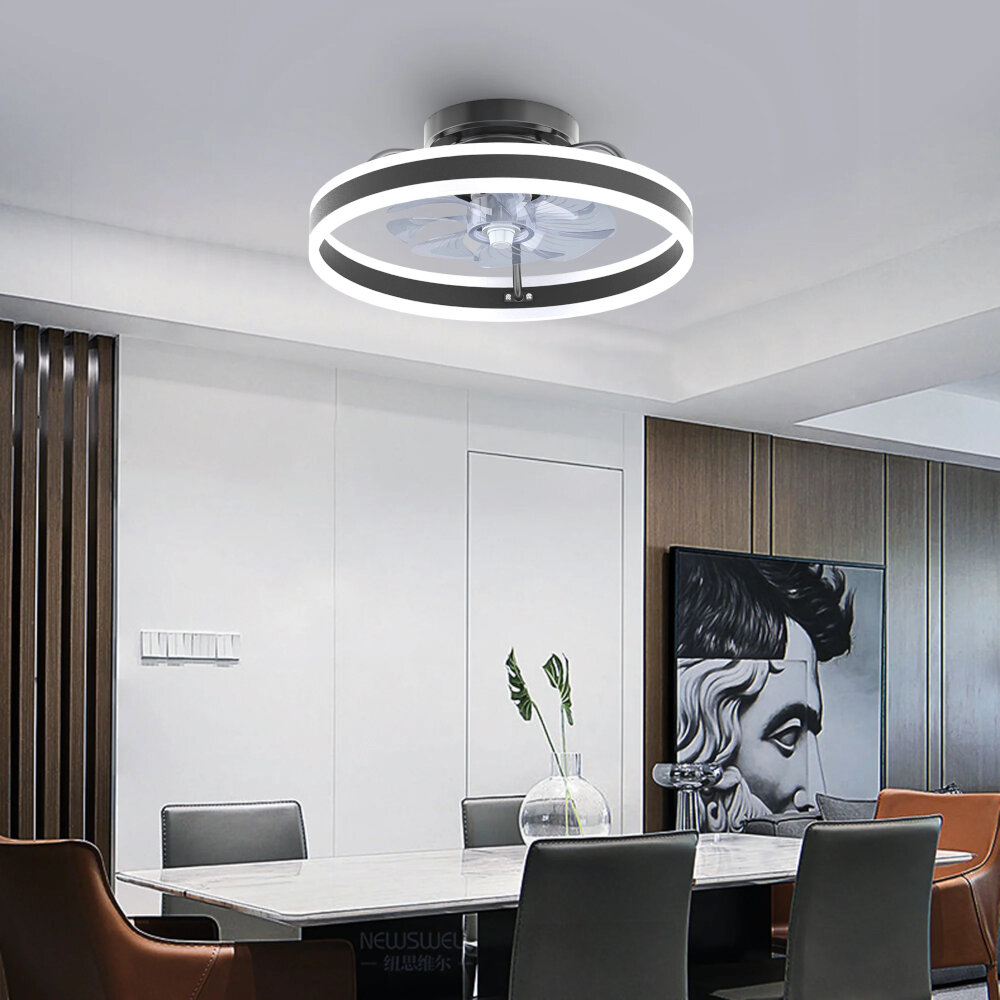
When it comes to indoor plant growth, having a reliable LED grow light panel is crucial. Once you have built your own LED grow light panel, it is important to understand how to properly use it to ensure optimal plant growth. Firstly, you should consider the type of plants you will be growing and their specific light requirements. Different plants have different needs when it comes to light spectrum, intensity, and duration. Therefore, it is important to research the specific needs of your plants and adjust your LED grow light panel accordingly. Another important factor to consider is the placement of your LED grow light panel. The distance between the panel and your plants will affect the intensity of the light they receive. Generally, seedlings and smaller plants should be placed closer to the light source, while larger plants can be placed further away. It is also important to ensure that the light is evenly distributed across all of your plants. Rotating your plants regularly can help to ensure that all sides of the plant receive adequate light for optimal growth. By properly using your LED grow light panel, you can provide your indoor plants with the light they need to thrive.
When it comes to using an LED grow light panel for optimal indoor plant growth, there are a few tips worth keeping in mind. Firstly, it’s important to choose the right color temperature and spectrum for your specific plants, as different plants have different light requirements. Secondly, make sure to adjust the height of the panel according to the growth stage of your plants, as this can greatly affect their growth rate and overall health. Additionally, it’s important to provide proper ventilation and airflow around the panel, as LED grow lights can emit a lot of heat. Finally, ensure that the panel is set up in a safe and secure location, away from any potential hazards or water sources. By following these tips, you can create a DIY LED grow light panel that will help your indoor plants thrive.
The ideal placement of the LED grow light panel is crucial for optimal indoor plant growth. It is recommended to position the panel at a height of 12 to 18 inches above the plants to ensure that they receive adequate light without being scorched by the heat generated from the panel. Additionally, the panel should be placed perpendicular to the plants to provide uniform light distribution across all the plants. It is also important to consider the size of the panel and the number of plants being grown to determine the appropriate placement distance and configuration. Proper placement of the LED grow light panel can significantly improve the growth and yield of indoor plants, making it a critical factor in building an effective DIY grow light system.
Understanding light schedules is crucial for indoor plant growth. Plants require specific amounts of light, darkness, and rest periods to thrive. The amount of light needed varies based on the type of plant and its growth stage. For example, seedlings require more light than mature plants. Providing too little or too much light can stunt growth or cause plants to become leggy. Additionally, plants require a period of darkness to rest and process nutrients absorbed during the day. Understanding and implementing proper light schedules is essential for achieving optimal indoor plant growth.
Monitoring plant growth is a crucial aspect of indoor gardening. It helps to ensure that the plants are receiving the necessary nutrients, light, and water to thrive. One way to monitor plant growth is by observing the color, texture, and size of the leaves. Yellowing or browning of the leaves can indicate a nutrient deficiency or overwatering, while wilting or drooping can be a sign of underwatering. Measuring the height of the plant and the distance between nodes can also provide valuable information about the growth rate and overall health of the plant. By regularly monitoring plant growth, growers can make adjustments to their growing conditions to optimize plant growth and yield.
Building your own LED grow light panel can provide numerous benefits for indoor plant growth. Firstly, it allows you to customize the spectrum of light emitted by the panel, tailoring it to the specific needs of your plants. Secondly, it can be a cost-effective alternative to purchasing pre-made panels, as well as allowing for upgrades and modifications in the future. Thirdly, DIY panels can be designed to fit specific spaces and grow setups, maximizing the coverage and intensity of light for your plants. Additionally, building your own panel can be a fun and rewarding project that allows you to learn about the science and technology behind indoor plant growth. Overall, taking the time to create your own LED grow light panel can result in healthier and more vibrant plants, as well as a deeper understanding of the process.
In conclusion, building your own LED grow light panel can be a fun and rewarding project that not only saves you money, but also provides optimal indoor plant growth. With the right materials and a bit of patience, you can customize your grow light to fit the specific needs of your plants and create a thriving indoor garden. Don’t be intimidated by the process – take on the challenge and enjoy the satisfaction of creating something with your own two hands. So roll up your sleeves, gather your supplies, and let’s get started on building your very own LED grow light panel today!
Conclusion
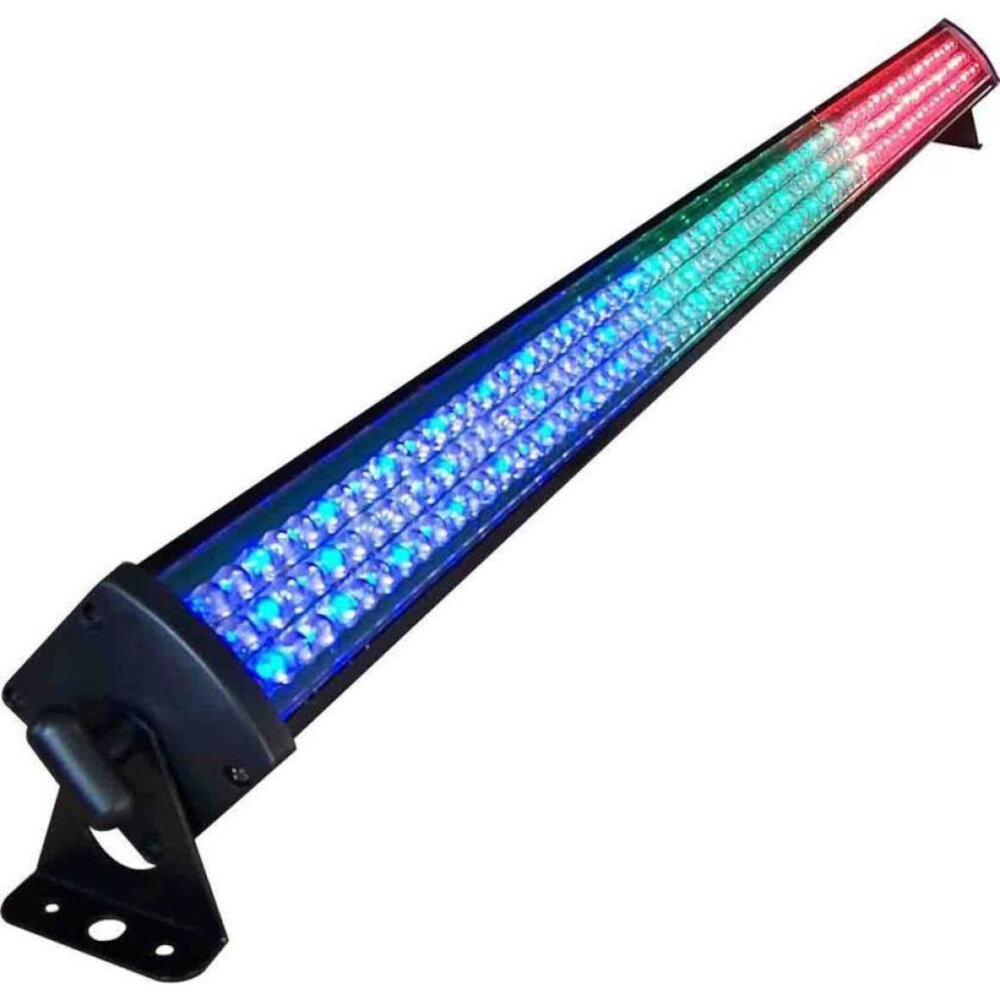
In conclusion, building your own LED grow light panel for indoor plant growth can be a rewarding and cost-effective project. With the right tools and materials, you can customize the panel to meet the specific needs of your plants and create an optimal growing environment. Not only will you have the satisfaction of creating something with your own hands, but you’ll also be able to enjoy the benefits of healthy and thriving plants. So, roll up your sleeves and get started on this DIY project today!

